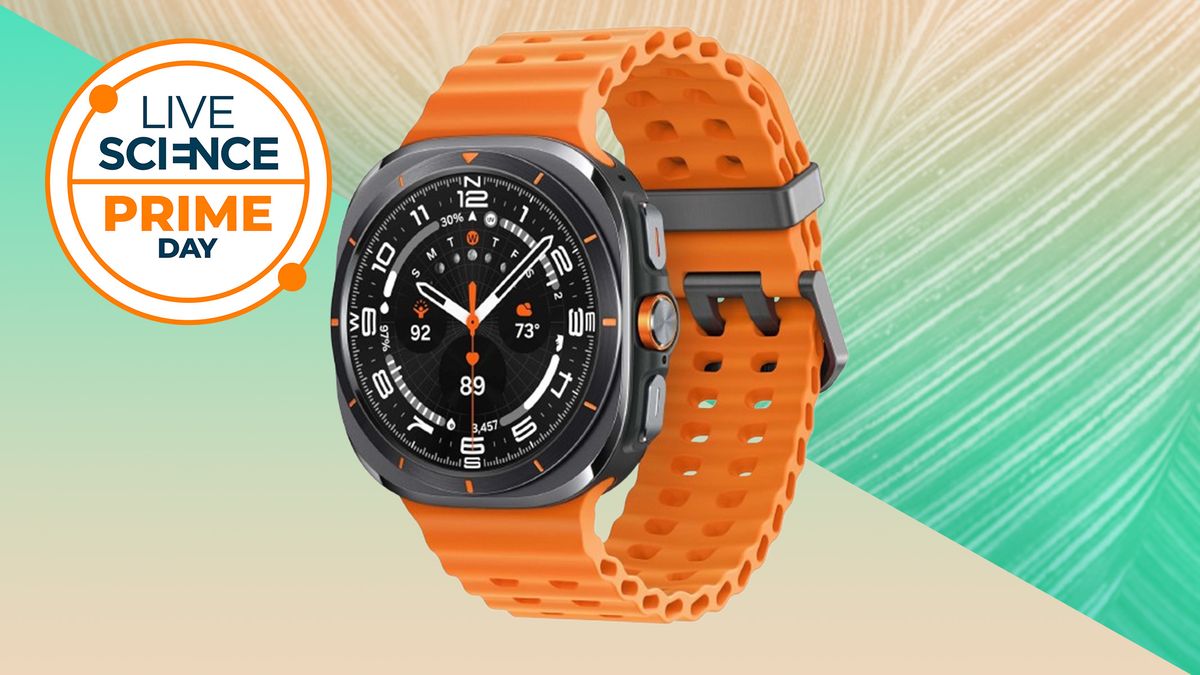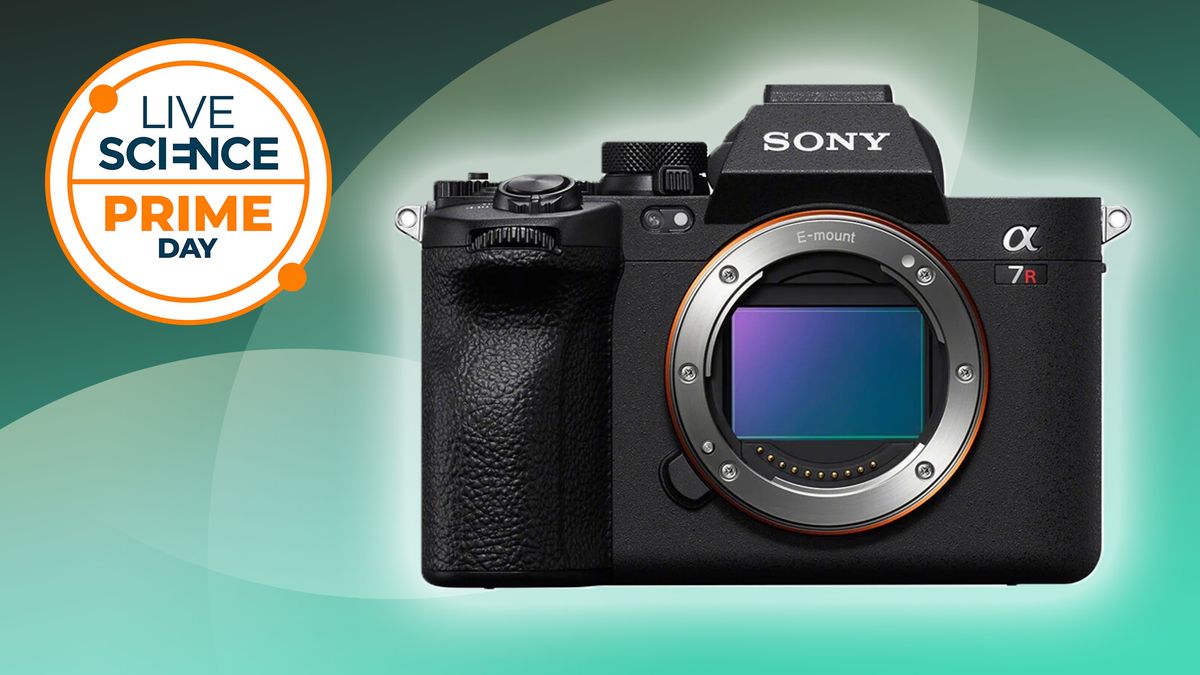A test that uses cells from the inside of your cheek may accurately predict the risk of death within the upcoming year, new research hints.
This study, published Oct. 1 in the journal Frontiers in Aging, offers promising support for CheekAge, a new tool that uses cheek — or “buccal” — samples to estimate a person’s risk of dying within one year. In a group of adults ages 69 to 101, the test was strongly associated with the risk of death from any cause. A set increase in the study subjects’ CheekAge corresponded to a 21% bump in their risk of death within the next 12 months.
CheekAge is a type of epigenetic clock, a tool that measures a person’s “biological age” by looking at patterns of chemicals attached to their DNA. In many cases, “biological age is much more telling [about the health of an individual] than the years that they’ve lived on this planet,” said David Furman, an associate professor at the Buck Institute for Research on Aging in Novato, California, who was not involved in the new study.
The long-term hope for tools like CheekAge is to help people slow down or prevent biological aging. But for now, such tools can’t tell you how to accomplish that feat, Furman and first study author Maxim Shokhirev, head of computational biology and data science at Tally Health in New York, told Live Science.
Related: Epigenetics linked to the maximum life spans of mammals
What CheekAge does — and what it can’t do
In general, epigenetic clocks examine aging of the blood and other tissues to make predictions about a person’s chronological age and their risk of death and age-related diseases, like cancer. The most common marker of aging that the clocks look for is DNA methylation, a process by which small molecules called methyl groups attach to DNA over time. These molecules help control gene expression, turning certain genes on and off.
Scientists trained CheekAge using cheek swabs from people ages 18 to 93. They paired patterns of DNA methylation in the cheek cells to an overall score for health, which considered factors such as a person’s stress levels, educational and body mass index (BMI). A person’s “CheekAge score” was thus tied to their health status and apparent degree of biological aging.
The researchers then determined how accurately CheekAge correlates with one’s risk of death. To do so, they looked at volunteers enrolled in the Lothian Birth Cohorts, a long-term research program that tracks aging in participants from childhood through adulthood. In this group of just over 15,000 people, scientists had taken blood samples every three years that could be used to track changes in DNA methylation at roughly 450,000 spots in the genome. Each person’s mortality status was taken into account, to tie their epigenetics to their risk of death.
The team then used the epigenetic patterns trained from the cheek on blood data. They found that CheekAge, despite being trained on buccal samples, still showed a strong link to the death risk data drawn from a separate blood dataset that tracked mortality.
“We were surprised to see that CheekAge worked so well in a different tissue,” Shokhirev told Live Science in an email. “This may suggest that CheekAge is picking up on health signals that are conserved between different tissue types,” he said.
As of yet, CheekAge has been used to look at data retroactively — the researchers knew who lived and died and what their respective epigenetics looked like at the time. Having deduced those patterns, they can now use the tool to estimate living people’s risk of death.
“We can’t predict if someone will live or die within a year, but we can see an increased or decreased risk of all cause mortality,” Shokhirev told Live Science. Further research is needed to determine whether the test can predict other health outcomes, such as the chance of age-related disease.
“One of the primary goals [of making epigenetic clocks] is to identify interventions that can influence or slow down these innate aging mechanisms,” Steve Horvath, a professor of human genetics and biostatistics at UCLA who was not involved in the study, told Live Science in an email.
At this point, the tests don’t point to any specific treatments, so people should approach them with caution. CheekAge is not available for consumers to purchase, but the same research group has made a similar product, called the TallyAge Test, which is currently on the market. There’s a lack of standardization across these commercial epigenetic-clock tests and a risk of misinterpreting the results, said Horvath, who pioneered the first epigenetic clock.
“We understand very little about how to modify an epigenetic landscape,” Furman emphasized. He describes epigenetic-clock tests as “moderately useful” to track individuals’ behavioral changes, such as in their physical activity or diet, and whether they’re tied to epigenetic changes.
“But they [the epigenetic clocks] don’t tell you what to do and so there are a lot of limitations on that,” Furman said.
Ever wonder why some people build muscle more easily than others or why freckles come out in the sun? Send us your questions about how the human body works to [email protected] with the subject line “Health Desk Q,” and you may see your question answered on the website!















